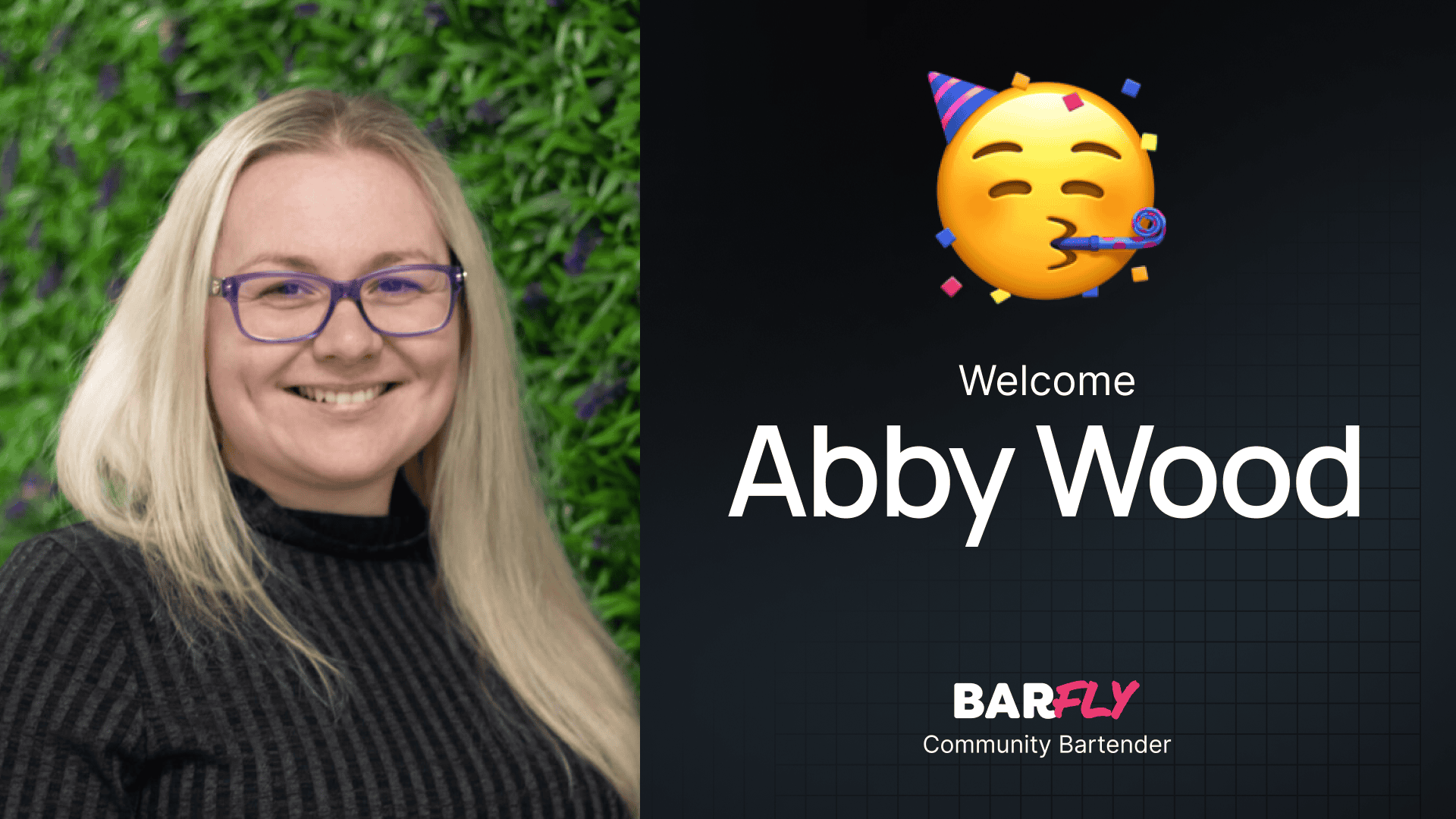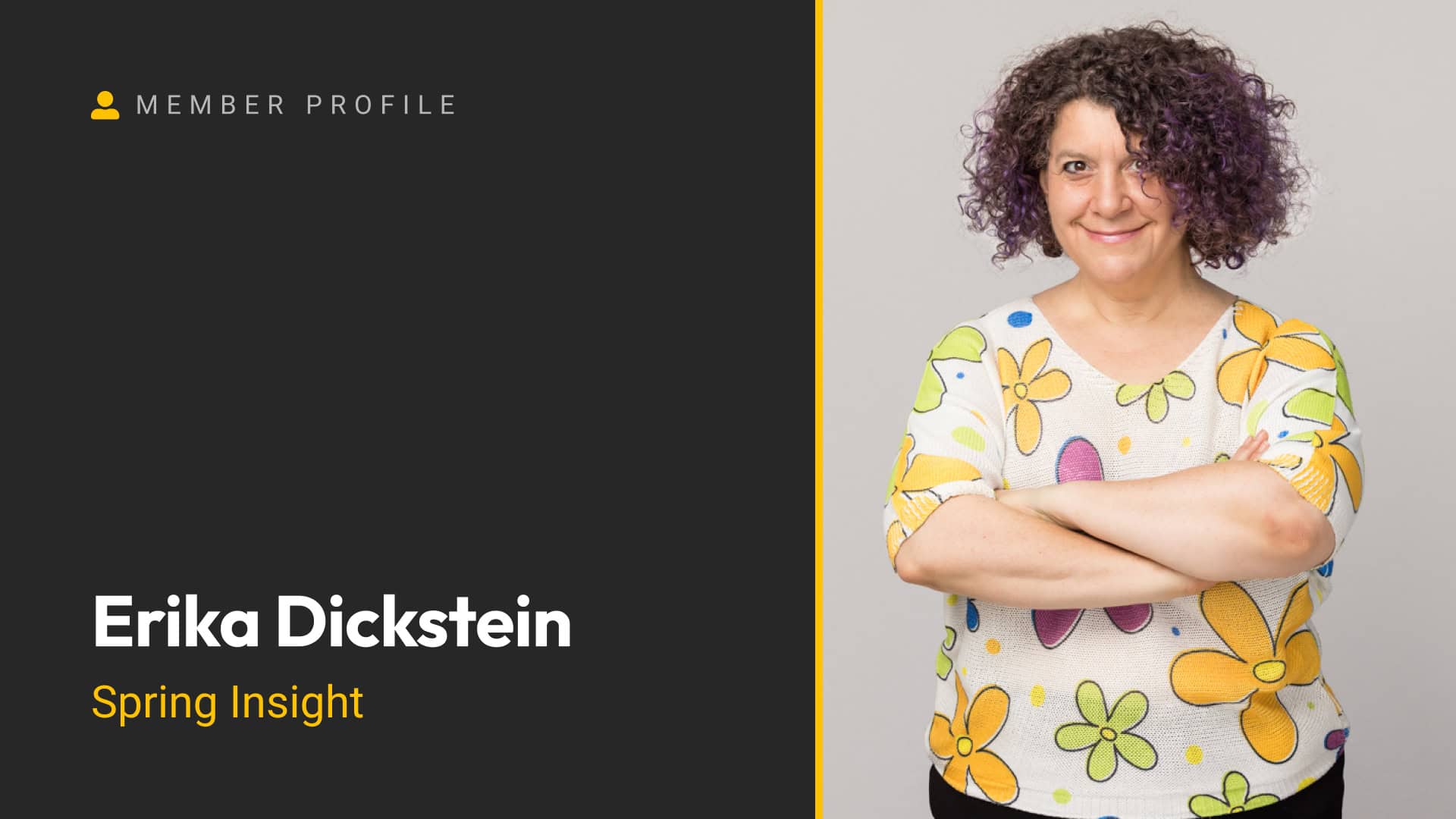We’ve all been there. Sitting through a 60-minute meeting that could have been an email. Slowly dissociating while wondering what to have for dinner.
I mean, we’re all professionals here, so of course we always give full attention to client communication when it’s merited.
But sometimes, a Zoom call simply doesn’t need to happen. A lot of words are spoken, but not a whole lot is actually said, if you know what I mean.
These moments can be incredibly draining of your already limited time, energy, and resources. Not to mention the impact it can have on client relationships, too!
That’s why being able to communicate effectively is such a valuable skill for digital agency owners and freelancers to master.
Especially when you’re aiming for rapid, substantial growth (it will come, stick with it!), you’ve got to have the basics nailed down and absolutely rock solid. And what better place to start than with streamlining your communication from the inside out?
8 pro tips for effective client communication
1. Set yourself up for success with an A-grade onboarding process
It’s best to tackle the issue of poor client communication head-on and straight out of the gate.
The goal is to save time and keep potential confusion and misunderstandings to a minimum. And it all starts with a foolproof onboarding process.
Start things off on the best foot possible, making it clear to your clients how best to contact you before you even begin the project. Establish channels for checking in, asking questions, and delivering information and updates efficiently.
Whatever services you’re offering, make sure you’ve got it all laid out for them so they know what to expect throughout the entire duration of your time working together.
And it goes both ways. You need a decent amount of information from your clients before you’re able to get to work on their project, right?
Don’t risk communication getting out of control before things even get started. Make the process of gathering information from your clients as straightforward as possible while also ensuring you’re covering all your bases.
Remember, anyone who’s going to be involved in the work needs to be in the know. Communicate this to your client’s team, too. This way, you won’t have to loop a stray team member into an email thread to get them the info they should have had from the start.
2. Give clear directions on giving edits and feedback
Once you’ve delivered your work in a timely manner, the ball is in their court – which is where things can sometimes get a little hairy in terms of communication.
Luckily, there are precautions you can take to keep your project from going off the rails entirely.
Again, it’s all about avoiding unnecessary confusion, streamlining communications, and making life as easy as possible for you and your clients. And while you’re engrossed in your job day-in and day-out, your clients often only see the tip of the iceberg when it comes to digital marketing. So, unless you want to be flooded with a ton of questions and the dreaded “could we jump on a quick Zoom” message, it’s best to be super clear from the get-go.
Giving feedback and requesting edits to your work can be a little tricky, especially for your new clients. That’s why it’s essential to have a super simple and consistent method for them to follow every time.
Whether you want them to leave comments in a doc, make a separate spreadsheet, or make requests through a project management tool, use the same process with all clients across the board to keep everyone on track and save yourself a ton of hassle.
3. Use project management tools and CRM systems
A fantastic way to ensure effective communication with all clients is to use reliable, predictable communication channels, project management tools, and customer relationship management systems.
Whatever service provider you choose – Asana, Slack, Google Workspace, Microsoft Teams, or otherwise – it’s a good idea to use the same platform for all clients to keep things organized all in one place.
If you’ve been putting it off, now’s the time to start researching a system that you think will work best for you, your team, and your clients.
47% of companies saw an increase in customer retention when they started using CRM software – and it’s no surprise why!
These platforms provide a centralized location for messages, reducing the risk of losing important information in lengthy email threads. Some tools even allow you to track emails, schedule follow-ups, and store detailed client histories, making it easier to maintain continuity and personalized communication from client to client.
When you’re able to easily connect with and tap into the needs of specific clients, it makes healthy, effective communication between you and your clients so much easier.
4. Understand each individual client
Whether you’ve been in the game for a couple of months or you’ve earned your stripes after several years in the industry, you’ll have learned pretty quickly that every client is different.
While working with a variety of people from different industries and backgrounds is part of the joy of digital marketing, it can also be part of the pain-in-the-butt of it all.
Some clients are a total dream. You’re on the same page from day one, and communication is completely effortless. Every email? Valid and to the point. Every meeting? Productive and also somehow fun. (Don’t wake me up if I’m dreaming!)
Other clients, however… Different story altogether.
It’s true, sometimes a client is just a bit of a you know what. If that’s the case, there’s no shame in giving them the boot. Find out more about why and when to fire a bad-fit client in a previous blog of mine.
But that’s not always the case. Sometimes people have difficulty processing written information, or maybe they’re just having an off day. Either way, being able to read your clients and understand their personalities will make your life so much easier in terms of establishing better client communication.
If this is something you’re currently struggling with, don’t beat yourself up. You’re not alone, and it definitely gets easier the more times you’ve been around the block (trust me, I’ve been in the industry for well over a decade now)!
Try to recognize the clients who might need a little more help and hand-holding throughout the process and be proactive from the start. The better you can keep things clear and avoid confusion, the less likely they’ll be to schedule extra meetings or send a flurry of unnecessary headache-inducing ‘clarifying’ emails. That’s time well-saved and energy better-spent, my friend.
While it’s best to keep your communication methods consistent for all clients, it’s wise to take a slightly tailored approach to individuals based on their unique needs. It can take some time to find the right balance, but I have every faith you’ll find it. 🙂
5. Set clear boundaries around communication channels
Sometimes, you can communicate as clearly as possible with a client, and they’ll still want to jump on a call just because they can.
Of course people are entitled to want to talk things through with you, and sure, sometimes it’s easier to jump on a call to clear things up quickly! But as a professional, you’ll start to develop a sense for when a client might be taking advantage or wasting your time.
That’s why it’s so important to set clear, firm boundaries for yourself around communication with all of your clients. This can take a time to build up to – it definitely did for me – but it’s an absolute must if you want to keep client relationships running smoothly.
If you allow clients to contact you at any time of the day, how are you supposed to focus long enough to get anything done – let alone stay sane? With a calmer, clearer mind, you’re able to produce higher quality work for your clients – so setting healthy boundaries is a win-win for everyone involved!
Effective client communication is based on mutual respect.
You’re always looking out for your client’s needs. Don’t be afraid to ask for what you need in return and for your boundaries to be respected.
Setting and maintaining client boundaries can be tricky. But fear not! I’ve written a blog post on the topic, which you can check out here.
6. Have an internal system for checking in with clients
When you’re managing multiple projects at once, things can go a little sideways if you don’t have systems in place to prevent clients slipping through the cracks.
Make sure you’re regularly checking in with your clients throughout all stages of your time working with them. The last thing you want is for them to feel like they’re in the dark at any point – even if it’s because you’re super busy working hard to create incredible work for them!
It’s up to you to keep your clients updated on your progress so they can trust you.
Firstly, it’s a good idea to establish a set time frame for project deliverables and to communicate this from the very beginning. That way, the client won’t come back a few days later, wondering whether or not you’ve gotten started. If you’re clear up front, they’ll know.
Once the project is underway, I personally find it’s best to have a standard check-in system to stick to with all of my clients. Depending on the length of the project, you might want to check in after a certain number of days, or at certain project stages, just to let them know how things are progressing and to put them at ease that you haven’t forgotten about them.
No one likes to get panicked emails from a client. To keep everyone calm, it’s important to keep communication as consistent as possible. Keep them in the know, and they’ll relax knowing that you’ve got it all under control.
7. Keep your team up to speed
How can you expect communication to run smoothly between your agency and your clients if your team keeps getting its wires crossed?
Internal communication is just as important as external communication.
In fact, if things are running amok within your own agency, it’ll inevitably affect team-client communication, too.
Just like when you’re onboarding new clients, make sure each new team member gets a comprehensive overview of how you communicate as an agency. Make sure to cover everything from how to use your agency’s chosen communication platform to writing in your brand’s unique voice and tone when communicating with clients.
And I’d advise you not to stop at onboarding.
Schedule regular training sessions for your team. Whether you’re making a change to the process, or you feel it’s time for a little refresher, prioritizing ongoing training is an essential part of keeping your team happy, focused, and performing as efficiently as possible.
When communication skills are a priority in-house, it makes client communication so much easier to manage.
8. Refine your approach to client communication
As with all aspects of digital agency life, it’s wise not to be too rigid in your approach to anything.
Of course, it’s important to have your own standards, best practices, and systems in place to avoid absolute chaos. But, in such a rapidly-evolving industry, you’ve got to be open to change – and that goes for your online communication, too.
Ask your clients for feedback on their experience of working and communicating with you. If they experienced issues or concerns, address them, and take them as valuable opportunities to improve your operations in a truly meaningful way.
Refining your communication based on client feedback is an excellent way to avoid future mishaps and miscommunications. That way, you keep your business running smoothly and keep everyone involved as happy as possible.
Don’t forget that your idea of streamlined communication will change as your agency grows and develops along with the times. What’s working for you today might not be ideal for you in a year’s time.
It’s wise to be ready to change things up and find new means of communication – so long as it’s always in the interest of making things smoother and easier for both your agency and your clients.
Looking for a little support in staying on top of the latest changes and trends in the industry?
Well, you’re in the right place! The Admin Bar is an online community of successful business owners and digital agency experts just like you – all willing to share their insights and experiences to help the wider community grow together.
Join The Admin Bar Facebook Group today for even more perspective on streamlining client communication and more!






